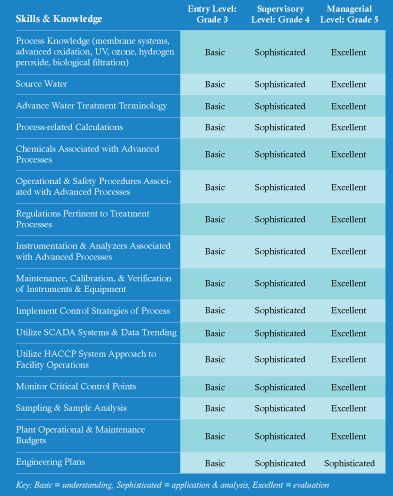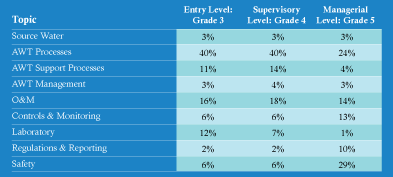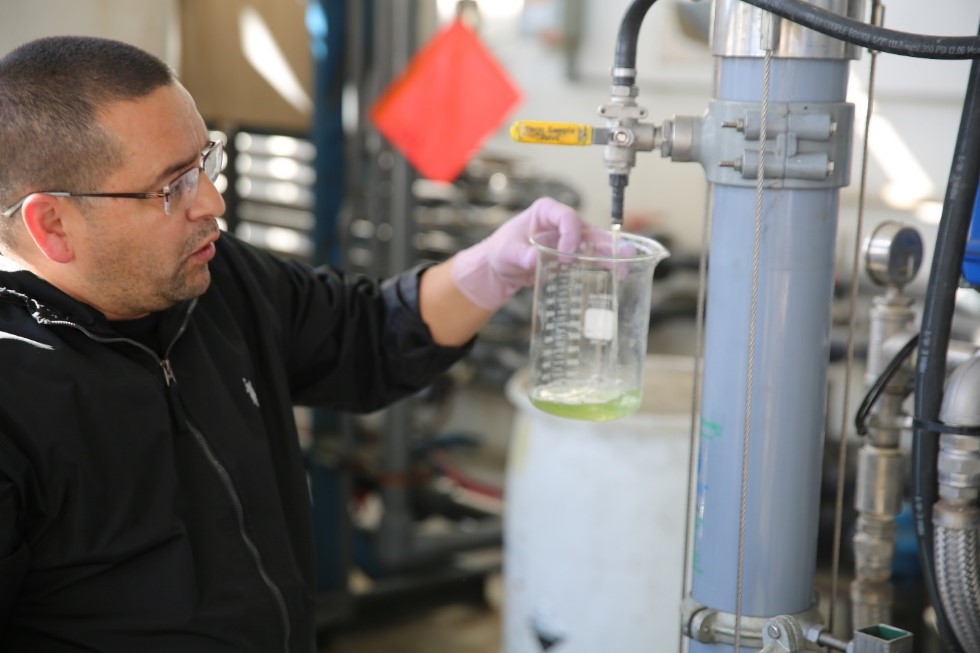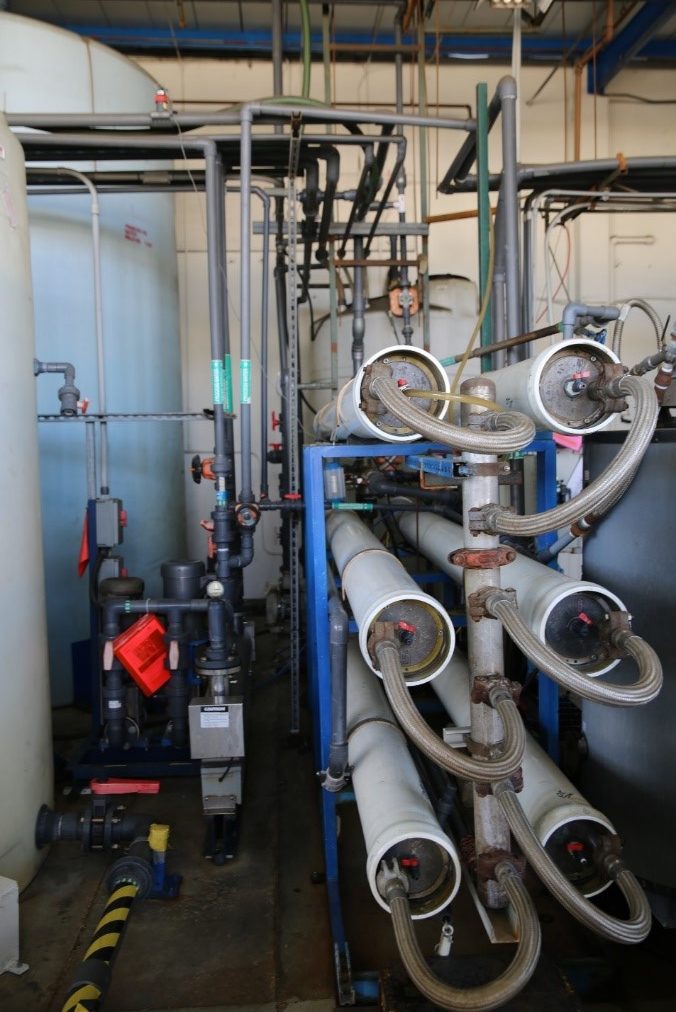By John Rowe, CSUS Office of Water Programs
Americans have used water as though their supply would never run out. Drought conditions have forcibly brought about a need to conserve and properly budget water resources. As supply and demand tightens, governments are starting to view wastewater as a valuable resource. North America generates an estimated 22 trillion gallons of wastewater annually. According to the EPA, three-quarters of that amount is treated to acceptable discharge standards; however, only 3.8% of this wastewater is intentionally and beneficially reused.
Water reclamation and reuse are becoming viable options for conserving and extending available water supplies. Reuse water can augment water sources and provide an alternative source for water supplies. In wastewater reuse, the level of treatment depends on the end use of the water. This fit-for-purpose framework provides a guide to determining the most cost-effective treatments to be applied to water sources to meet the water quality appropriate for the intended use. Reuse water can be a substitute water source for everything from industrial processes to irrigation to drinking water, depending on how it is treated.
A range of treatment options, called advanced water treatment, have been identified to achieve any level of water quality from reclaimed water. The California State Water Resources Control Board Direct Potable Reuse Expert Panel identified a need for assessing the training and knowledge of operators charged with operating these treatment systems and directed the development of a new operator certification that would bridge the gulf between wastewater and water operator certifications. Over the past year, California along with other water reuse stakeholders initiated the development of a framework for the training and certification of operators of advanced water treatment (AWT) facilities.
The focus of AWT training and certification is direct potable reuse systems that supplement drinking water sources. These advanced water purification processes can achieve a high level of log removal of pathogens and remove organic and inorganic microcontaminants. These systems use complex treatment trains centered around reverse osmosis and advanced oxidation processes, which are not present in conventional wastewater treatment plants or water treatment facilities. The processes that are used in AWT facilities in operation now are shown in Figure 1.
Current water and wastewater certifications do not include advanced water treatment processes. These process are more complex than conventional treatment modalities and the operation and maintenance of these treatment processes are unique. The California Advanced Water Treatment program concentrates on advance water treatment technologies (Table 1) and focuses on ensuring an adequate population of advanced water treatment operators to protect public health. The entry level prerequisite for the advanced water treatment operator is a level 3 water or wastewater operator certification. The AWT certification is an add-on certification to a water or wastewater treatment certification with a separate examination. Operators can earn level 4 or 5 advanced water treatment operator certifications that are added to level 4 or 5 water or wastewater treatment certifications. Each level of certification requires operators to pass an examination on material appropriate for that level of certification. The topics covered in the certification examinations are shown in Table 2.

AWTArticle_JohnRoweCSUS_Table-1-Skills-and-Knowledge-Required-for-AWT-Cert

Table-2-Topics-Covered-in-AWT-Certification-Exam
As water reclamation and reuse become viable options for conserving and extending available water supplies, it is important that the training and certification of AWT operators be robust for the protection of public health and to provide an acceptable level of public confidence and support for this newly developing drinking water source.

An operator demonstrates the process of extracting soap from wastewater effluent.
(photo taken by Dr. John Rowe)

Several Advanced Water Treatment processes in succession are added to treat wastewater effluent. (photo taken by Dr. John Rowe)